A new study published in the journal Environmental Science and Technology and based on decades of data reveals that two-thirds of the rivers located in the Eastern United States are now alkaline, and acid rain is likely to blame.
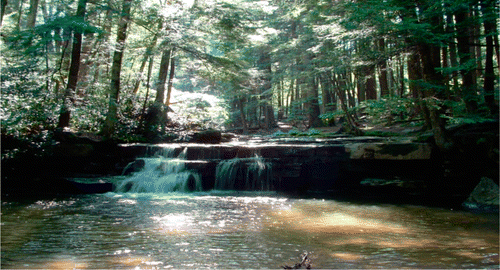 Source: http://pubs.acs.org/doi/abs/10.1021/es401046s
Source: http://pubs.acs.org/doi/abs/10.1021/es401046s
Data were sampled from rivers from Florida to New Hampshire over a timespan of 25 to 60 years. The results showed that during this period, two-thirds had become significantly more alkaline and none more acidic.
Read their abstract, which is pretty straightforward on the causes of these longterm evolution:
The interaction between human activities and watershed geology is accelerating long-term changes in the carbon cycle of rivers. We evaluated changes in bicarbonate alkalinity, a product of chemical weathering, and tested for long-term trends at 97 sites in the eastern United States draining over 260 000 km2. We observed statistically significant increasing trends in alkalinity at 62 of the 97 sites, while remaining sites exhibited no significant decreasing trends. Over 50% of study sites also had statistically significant increasing trends in concentrations of calcium (another product of chemical weathering) where data were available. River alkalinization rates were significantly related to watershed carbonate lithology, acid deposition, and topography. These three variables explained
40% of variation in river alkalinization rates. The strongest predictor of river alkalinization rates was carbonate lithology. The most rapid rates of river alkalinization occurred at sites with highest inputs of acid deposition and highest elevation. The rise of alkalinity in many rivers throughout the Eastern U.S. suggests human-accelerated chemical weathering, in addition to previously documented impacts of mining and land use. Increased river alkalinization has major environmental implications including impacts on water hardness and salinization of drinking water, alterations of air–water exchange of CO2, coastal ocean acidification, and the influence of bicarbonate availability on primary production.
This is not a too good prediction! What do you think?


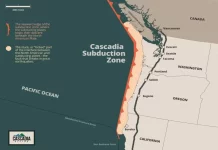
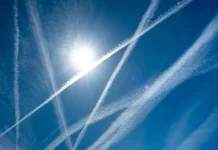
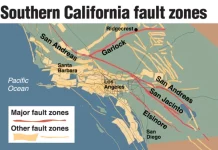
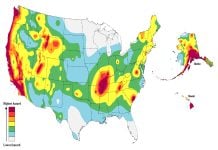







Acid rain has never received the attention it deserves, we need to raise awareness- and we need EPA.
[…] Two-thirds of Eastern US Rivers Are Now Alkaline Due to Acid Rain Scientists Say […]